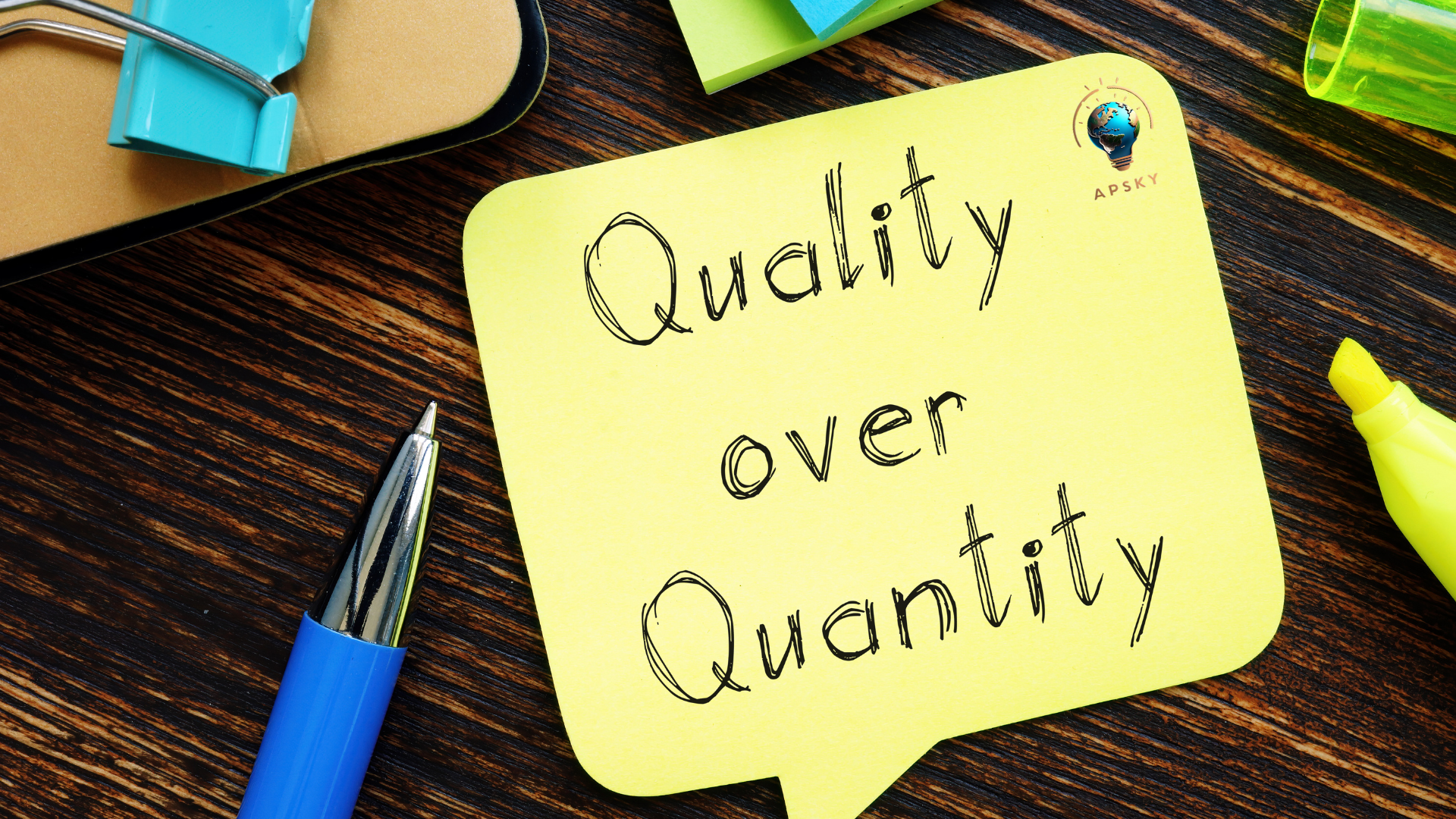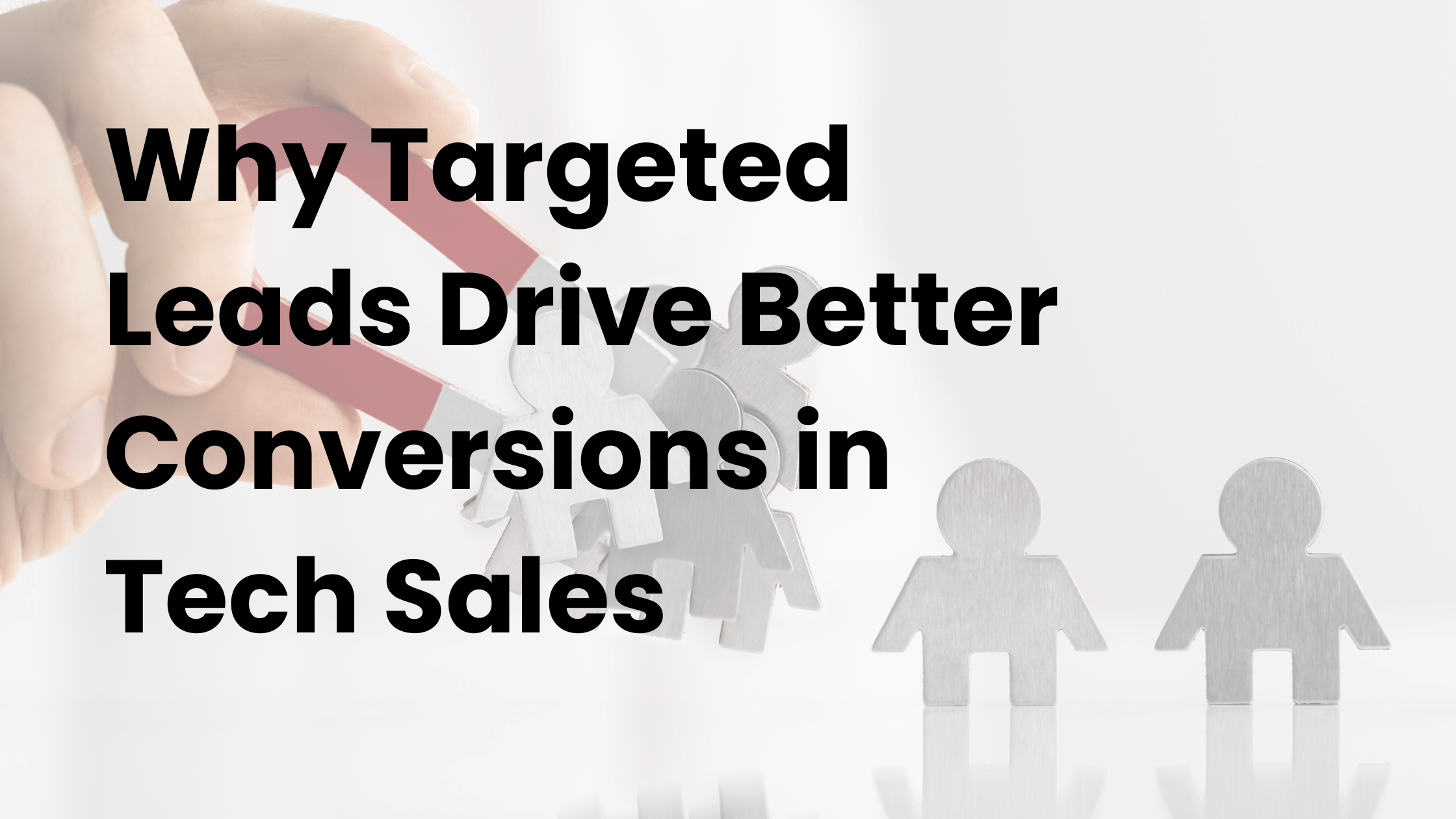In the realm of demand generation, businesses often grapple with a fundamental question: Should they focus on generating a high volume of leads, or should they prioritize the quality of those leads? While both approaches have merit, the choice between quality and quantity can dramatically impact the success of a demand generation strategy. Let’s dive into how these factors shape outcomes and why striking the right balance is key.
The Case for Quality Over Quantity
Focusing on lead quality means targeting prospects that are highly likely to convert into paying customers. These leads align closely with your ideal customer profile (ICP) and exhibit genuine interest in your offerings. Here are some benefits of prioritizing quality:
1. Higher Conversion Rates
Quality leads have a higher probability of moving through the sales funnel because they are already interested in your solutions. This increases efficiency and reduces the cost per acquisition.
2. Improved Customer Lifetime Value (CLV)
A well-targeted lead is more likely to remain loyal and engage in repeat purchases, enhancing overall customer lifetime value. These relationships also pave the way for upselling and cross-selling opportunities.
3. Stronger Brand Reputation
Engaging with the right audience creates a positive brand experience. Happy, satisfied customers are more likely to leave favorable reviews and refer others, amplifying your demand generation efforts organically.
The Risks of a Quantity-First Approach
While it may seem tempting to focus on generating as many leads as possible, a volume-centric strategy can backfire if the quality of those leads is low. Here are some potential downsides:
1. Wasted Resources
Engaging with unqualified leads drains marketing and sales resources. Teams spend valuable time nurturing prospects who are unlikely to convert, leading to inefficiencies.
2. Lower Engagement Rates
A high volume of unqualified leads often results in low email open rates, poor click-through rates, and higher unsubscribe rates. This diminishes the effectiveness of your marketing efforts.
3. Damage to Sales Team Morale
When sales teams are inundated with low-quality leads, frustration and burnout can set in. This can harm productivity and create friction between marketing and sales teams.
Striking the Right Balance
The most effective demand generation strategies find a balance between quality and quantity. Here’s how businesses can achieve this:
1. Refine Your Targeting
Invest in data-driven tools to define and reach your ICP. Segment your audience based on demographics, behaviors, and firmographics to ensure your campaigns are reaching the right people.
2. Leverage Scoring Systems
Implement lead scoring to rank prospects based on their fit and intent. This helps prioritize high-quality leads while maintaining a steady pipeline of opportunities.
3. Invest in Personalization
Tailor your messaging to resonate with your audience’s unique needs. Personalized campaigns are more likely to engage and convert high-quality leads.
4. Track and Optimize
Measure the performance of your demand generation campaigns to identify trends. Optimize your strategies based on metrics like conversion rates, cost per lead, and return on investment (ROI).
The Takeaway
When it comes to demand generation, quality should always take precedence over sheer quantity. High-quality leads not only drive better conversion rates but also foster long-term relationships that contribute to sustainable growth. However, balancing both quality and quantity—with a clear focus on targeting and engagement—is the key to maximizing the impact of your efforts.
By aligning your demand generation strategies with your business goals and leveraging data-driven insights, you can create campaigns that deliver both scale and substance, ensuring long-term success in an increasingly competitive marketplace.




